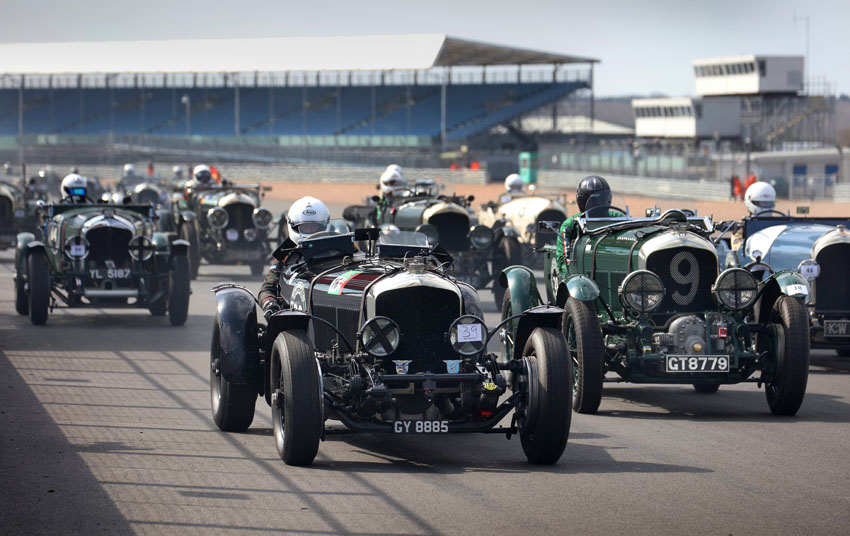
I recently went to Silverstone circuit to shoot a race to celebrate Bentley’s centenary for a magazine.I’m not really a race track photographer as I don’t have the long 400mm +lenses required to reach the action from the behind the barrier that can be up to 100m back from the tarmac on the F1 circuits.. However in a career of over 30 years I’ve had to adapt to get what is required.Fortunately the theme here was for portraits and atmosphere with a mere smattering of action…right up my street.
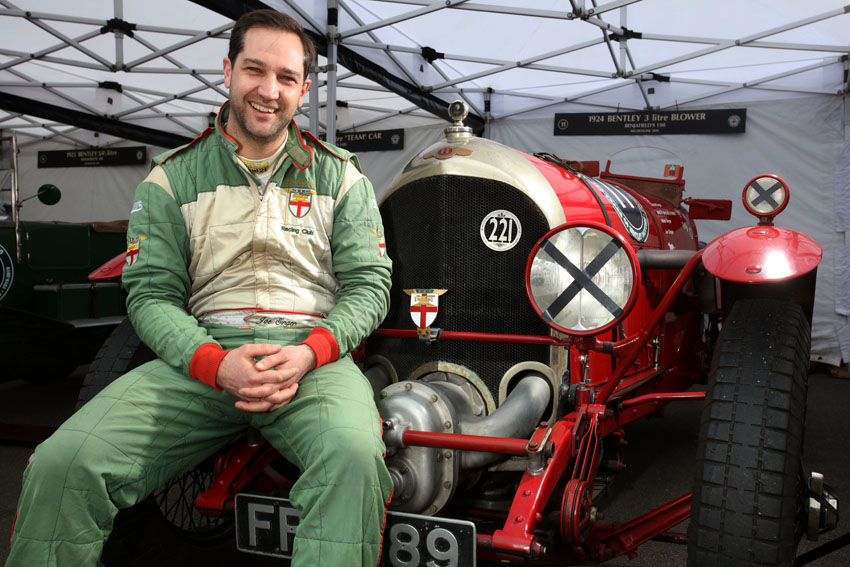
In a busy race day it’s important to remember that you have to work around the schedule of practise,qualifying,driver briefings and the race itself.Speed is of the essence.If you get hold of a subject you want to shoot, photograph them straight away and don’t make an appointment for later on as they undoubtedly won’t turn up…their priorities are on the race not you.
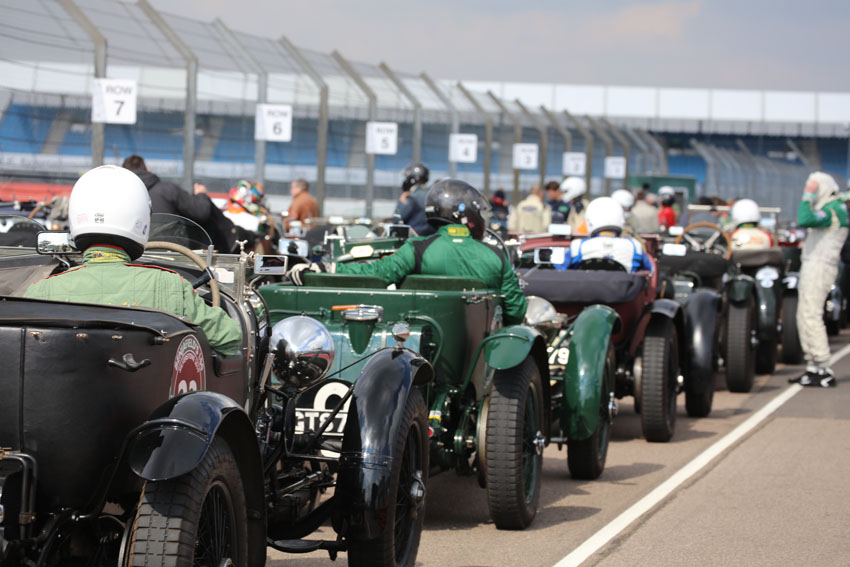
Be sure to shoot a variety of images ,atmosphere,action,detail,portraits in different locations to build a full portfolio of the event.The assembly area seen above is often a good place to catch up with drivers but be aware that they are often nervous before the race and may not want too chat.
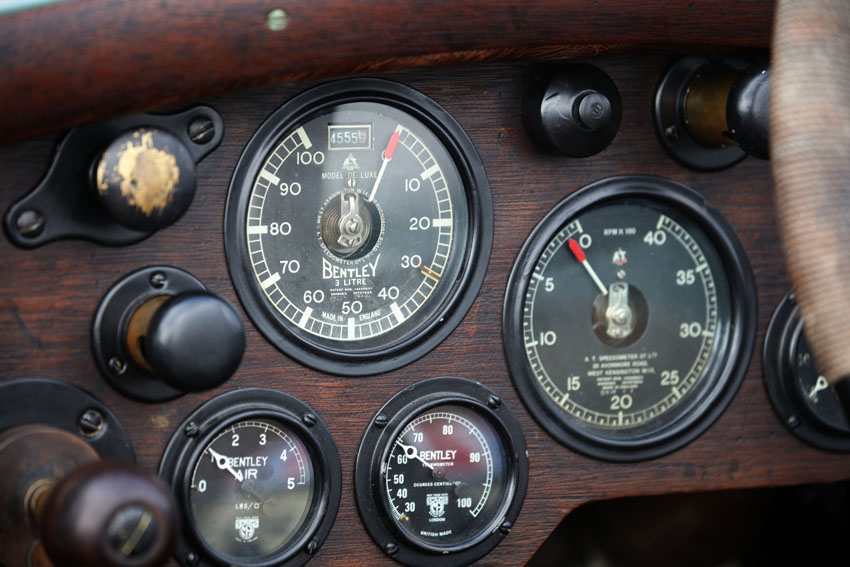
Think about an opening image that might be a double page spread with enough space at the top for the art ed’ to drop in a title, a selection of action images from different places around the track as well as the incidental images that often lighten the feature up in a magazine.
For this feature we asked the organiser ,who knows the field best who, out of the 40 entrants, had the most interesting cars and stories which saved a lot of time.Make sure you have contact details for all the portraits you shoot, in case the writer forgot to ask .I always make sure I’ve got a pen and notebook with me for just this instance.
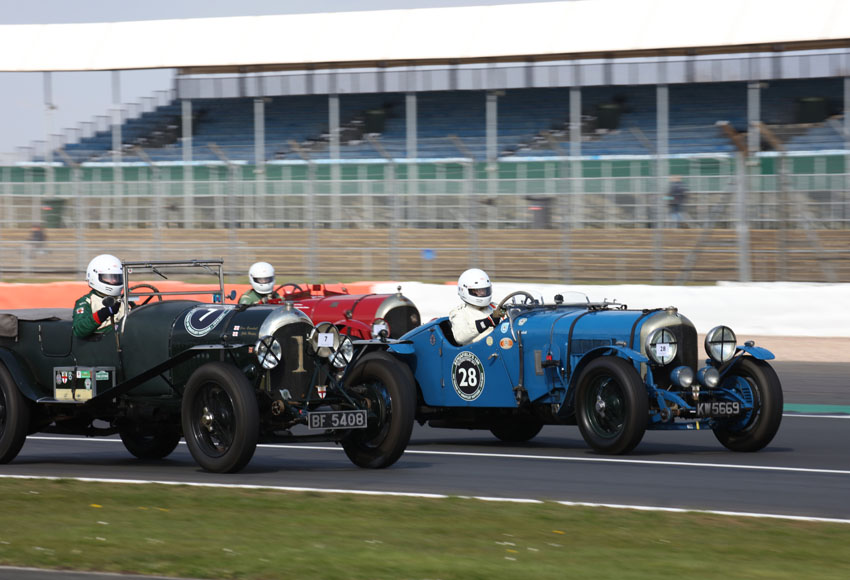
The most important action image you’ll take is always the start, either off the grid or at turn 1.This is because the cars will be grouped tightly together making for a more interesting image and much of the overtaking happens here.Pick on one car and pan it allowing the other elements to float in and out of the frame.Shutter speeds from 1/1250th down to 1/15th second will all offer up varying degrees of hit rates but with a long race you’ll have time to experiment with longer exposures.
To see the whole feature and read all about the incredible Bentley race at the Silverstone look out for the Bentley at 100 July 2019 issue of Classic and Sports car magazine
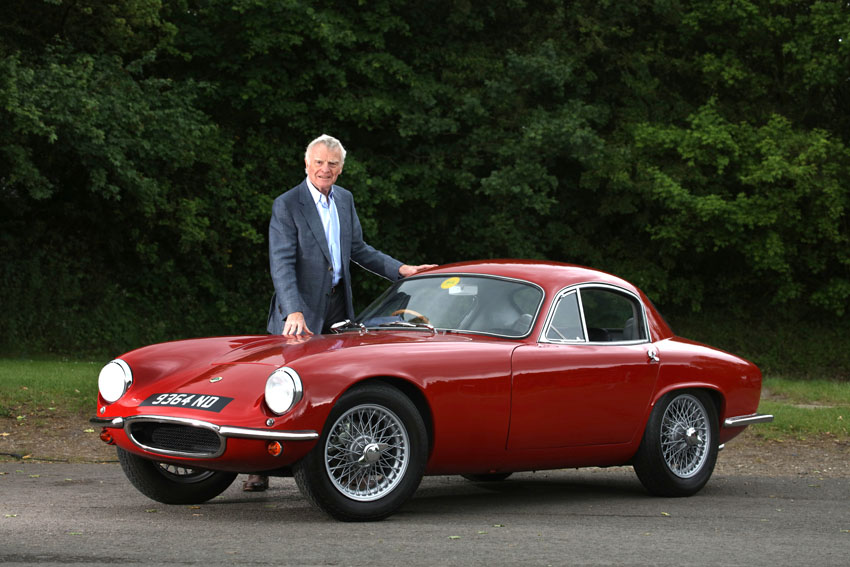 How you pose your subject will depend on the individual, some will be happier to lie on the ground and some may prefer or suit a more formal approach as with this portrait of ex F1 supremo Max Mosley. Don’t shy away from the standard set up of standing behind the car but make sure you connect your subject to the car so as not to create two subjects.
How you pose your subject will depend on the individual, some will be happier to lie on the ground and some may prefer or suit a more formal approach as with this portrait of ex F1 supremo Max Mosley. Don’t shy away from the standard set up of standing behind the car but make sure you connect your subject to the car so as not to create two subjects.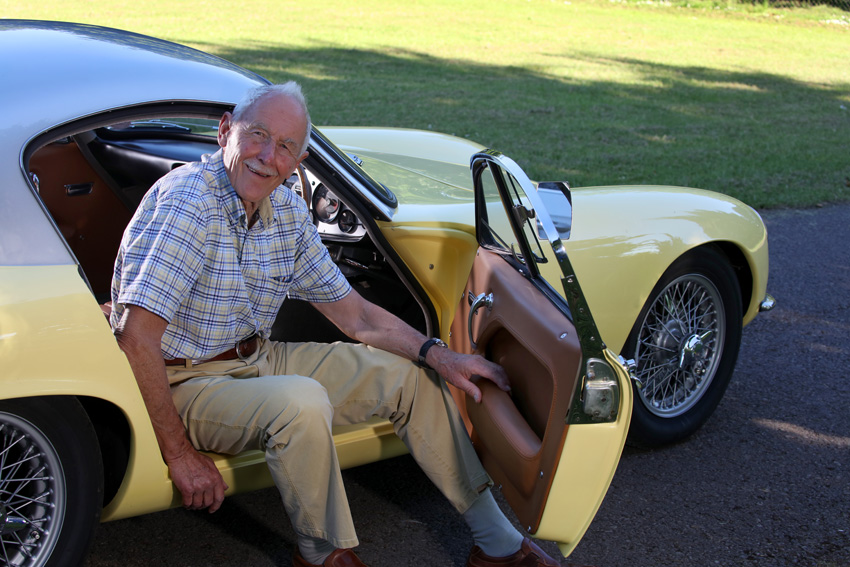 For a magazine shoot it’s important to always keep in mind how the image will look on the page.Mix up a variety of angles with the car and subject positioned both to the left and right. This portrait of Lotus guru Malcolm Ricketts is back lit with flash
For a magazine shoot it’s important to always keep in mind how the image will look on the page.Mix up a variety of angles with the car and subject positioned both to the left and right. This portrait of Lotus guru Malcolm Ricketts is back lit with flash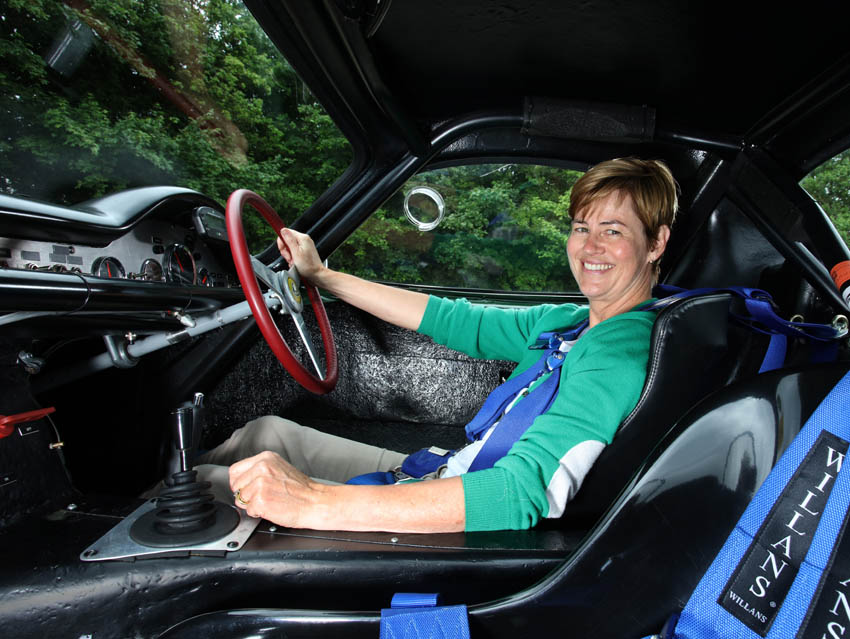 Behind the wheel is another great option but it’s a good idea to ask your subject to turn their body towards camera if not belted in too tightly and drop their arm to open up the portrait.
Behind the wheel is another great option but it’s a good idea to ask your subject to turn their body towards camera if not belted in too tightly and drop their arm to open up the portrait.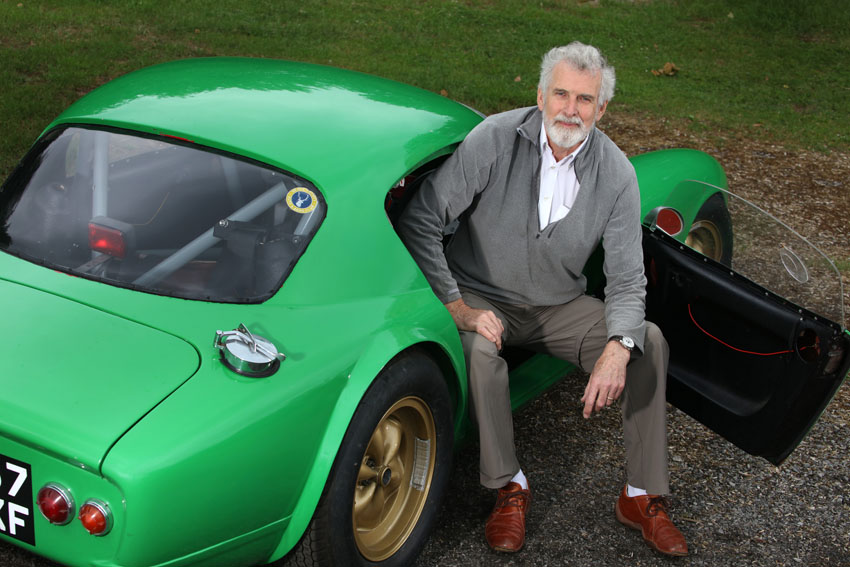 This is the same position as the Malcolm Ricketts portrait but from a higher angle on a wider lens making it look completely different. Make sure you ask your subject to keep eye contact with the lens and shoot at least 4 or 5 frames to be certain you have the best shot.
This is the same position as the Malcolm Ricketts portrait but from a higher angle on a wider lens making it look completely different. Make sure you ask your subject to keep eye contact with the lens and shoot at least 4 or 5 frames to be certain you have the best shot.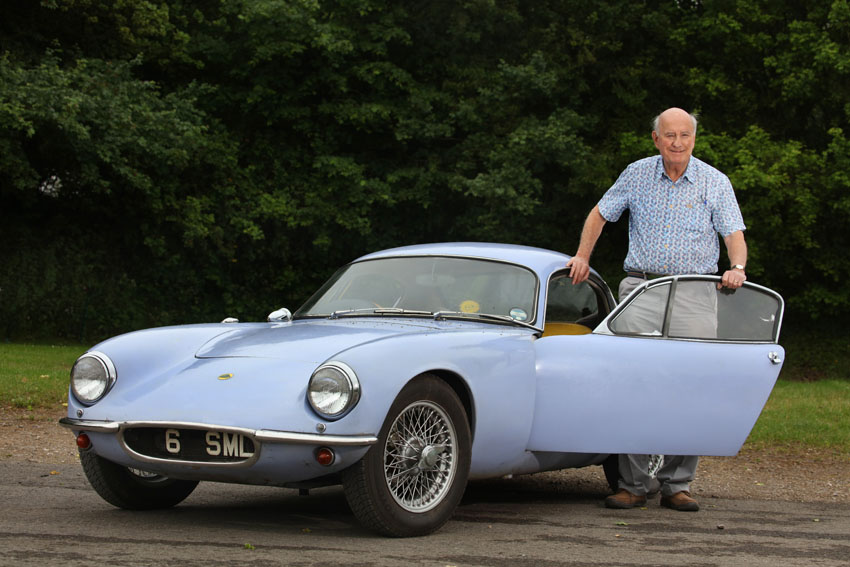 One of the keys to relax your subject is to keep talking to them as you work, a good start is to ask them about their car,you may learn something.
One of the keys to relax your subject is to keep talking to them as you work, a good start is to ask them about their car,you may learn something.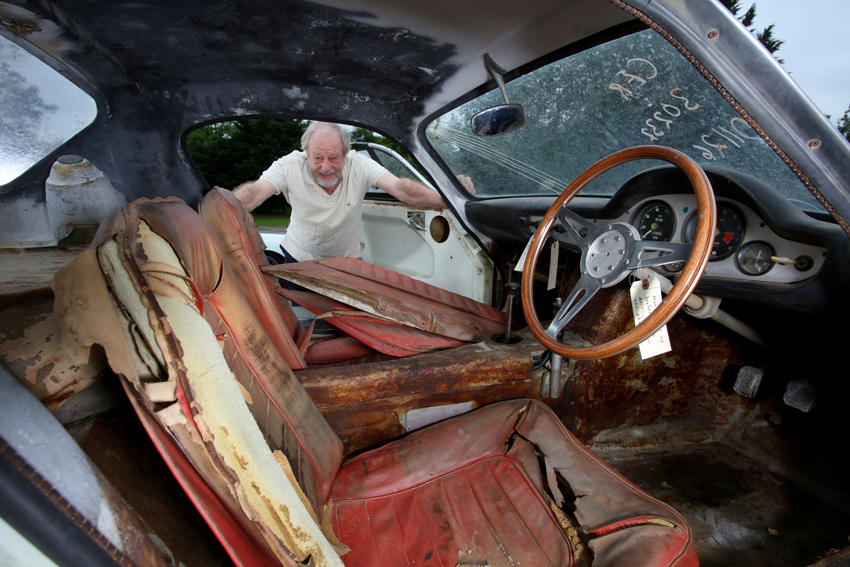 Don’t be concerned about allowing your subject to be small in the frame for a car portrait as long as your composition is good the eye will be drawn to the face.
Don’t be concerned about allowing your subject to be small in the frame for a car portrait as long as your composition is good the eye will be drawn to the face.